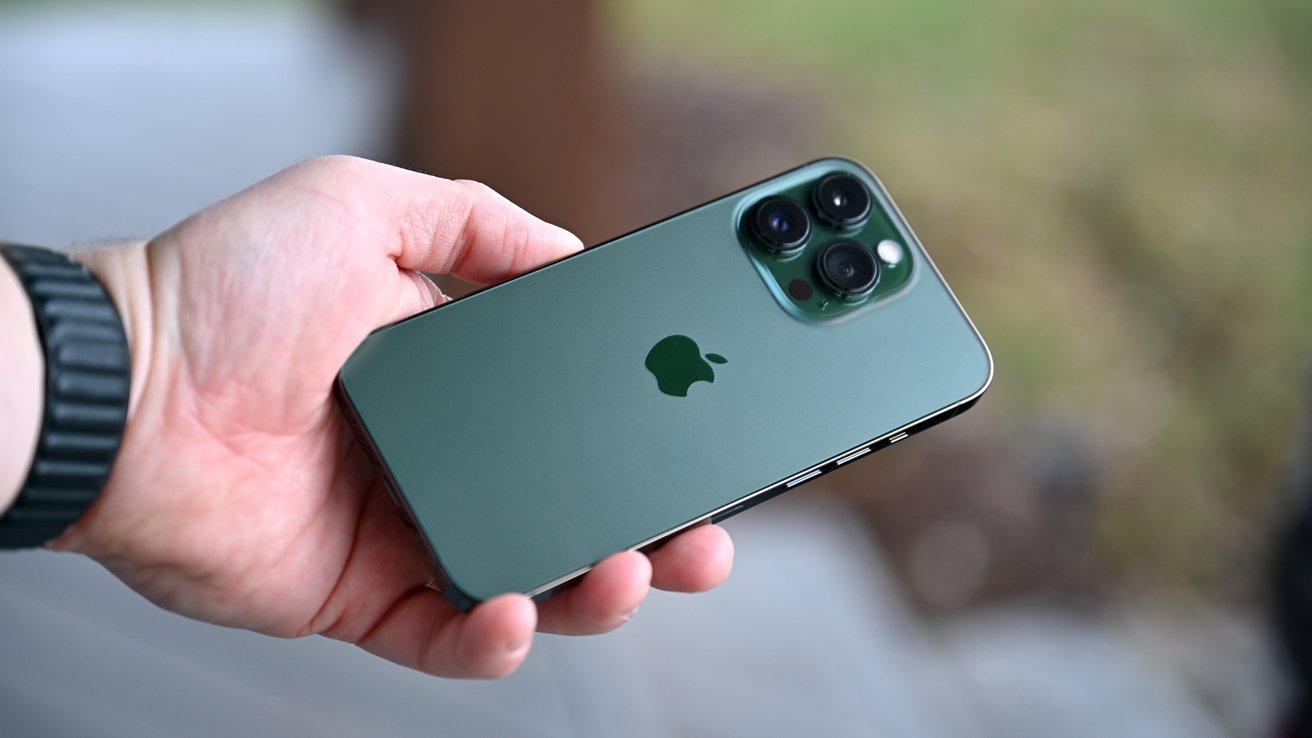Predictive analytics has become a game-changer in today’s business environment, enabling companies to anticipate trends, optimize strategies, and drive growth. Traditional methods rely on historical data and patterns, but as technology evolves, there’s a shift towards more precise forecasting using neuroscience. Neuromatch technology stands at the intersection of these advancements, allowing businesses to predict consumer behavior with remarkable accuracy by analyzing subconscious signals and neural responses.
How Neuromatch Aligns with Predictive Models
Predictive analytics traditionally uses statistical models and machine learning algorithms to forecast future trends. However, these models are only as good as the data they’re fed. Neuromatch technology offers an additional layer of data by decoding the subconscious preferences and motivations that influence purchasing decisions. By integrating neural data into predictive models, companies can forecast consumer behavior more accurately, taking into account both rational and emotional triggers.
The Science Behind Predicting Consumer Behavior Through Neural Data
At the core of neuromatch lies an understanding of how the brain processes information. Consumers don’t always act rationally; their decisions are often influenced by subconscious factors, including emotions, memories, and biases. Neuromatch technology captures this data in real-time, providing a more comprehensive view of consumer intent. By analyzing neural patterns, businesses can predict how consumers are likely to react to various stimuli, whether it’s a product feature, advertisement, or price point.
Case Studies: Successful Implementation of Neuromatch Analytics
- Retail Industry: Retailers have integrated neuromatch analytics to forecast shopping trends, such as which products will be in high demand during specific seasons. This has allowed them to manage inventory more efficiently and align marketing campaigns with predicted consumer needs.
- Finance and Insurance: Financial institutions are using neuromatch insights to predict customer responses to financial products and services, improving targeted offerings and reducing churn rates.
Tips for Businesses to Integrate Neuromatch into Their Analytics
- Start Small: Begin by integrating neuromatch insights into specific campaigns or products before scaling up.
- Collaborate with Experts: Partner with neuroscience professionals to ensure the correct interpretation and application of neural data.
- Combine with Existing Data: Integrate neuromatch data with traditional customer data for a holistic predictive model.
Conclusion: Leveraging Neuromatch for Better Marketing Decisions
Predictive analytics has always been about anticipating the next move. With neuromatch technology, businesses can take their predictions a step further, tapping into the subconscious drivers of consumer behavior. The result? More targeted marketing, better customer experiences, and a competitive edge in a rapidly evolving market.




